206 EV Miles On A Single Charge With A SIMple Solution

“The biggest problem” that faces widespread adoption of electric vehicles, “is striking a balance between performance and price.” The man who said that, Hiroshi Shimizu, thinks he has the solution to this problem. It is not generous subsidies. It is not miracle batteries. It is a technology his company has been developing over many years: In-wheel electric motors. Shimizu’s company , “SIM-Drive Corp. a Keio University-linked venture company, on Wednesday unveiled a prototype of its SIM-LEI electric vehicle that can travel up to 333 kilometers (206 miles) on a single battery charge,” writes Japan’s Jiji Press.
The “LEI” has nothing to do with Hawaiian flower necklaces. It stands for Leading Efficiency In-Wheel motor, says the Kawasaki-based company. Powered by a 24.5 kWh battery, pretty much the same as the Nissan Leaf, the 4-seater achieved “333km of range per charge by JC-08 mode, which represents general urban traffic condition in Japan,” says the company. Unusual is the acceleration: 4.8 seconds for 0 to 100 km/h, not quite a Veyron, but better that a Porsche 993 Carrera RS 3.8.
SIM’s in-wheel engines can be retrofitted to existing cars, an operation that should be as simple as changing tires (it probably won’t be.) For purpose-built cars, the in-wheel motors allow for a simple body structure, a lot of space, and stable running.
I know, by now you are racking your brain: “Hiroshi Shimizu, Hiroshi Shimizu, didn’t I hear that name before?” You did. He’s the man behind the 8-wheeled 370 km/h (230 mph) Eliica that also used SIM-drive electric hub motors. Keio is a Tokyo elite university. Hiroshi Shimizu is a professor at the school.
(Hold your comments of the design of the car. SIM intends to sell the technology, not the body.)

Bertel Schmitt comes back to journalism after taking a 35 year break in advertising and marketing. He ran and owned advertising agencies in Duesseldorf, Germany, and New York City. Volkswagen A.G. was Bertel's most important corporate account. Schmitt's advertising and marketing career touched many corners of the industry with a special focus on automotive products and services. Since 2004, he lives in Japan and China with his wife <a href="http://www.tomokoandbertel.com"> Tomoko </a>. Bertel Schmitt is a founding board member of the <a href="http://www.offshoresuperseries.com"> Offshore Super Series </a>, an American offshore powerboat racing organization. He is co-owner of the racing team Typhoon.
More by Bertel Schmitt
Latest Car Reviews
Read moreLatest Product Reviews
Read moreRecent Comments
- MaintenanceCosts Whenever the topic of the xB comes up…Me: "The style is fun. The combination of the box shape and the aggressive detailing is very JDM."Wife: "Those are ghetto."Me: "They're smaller than a Corolla outside and have the space of a RAV4 inside."Wife: "Those are ghetto."Me: "They're kind of fun to drive with a stick."Wife: "Those are ghetto."It's one of a few cars (including its fellow box, the Ford Flex) on which we will just never see eye to eye.
- Oberkanone The alternative is a more expensive SUV. Yes, it will be missed.
- Ajla I did like this one.
- Zerofoo No, I won't miss this Chevrolet Malibu. It's a completely forgettable car. Who in their right mind would choose this over a V8 powered charger at the rental counter? Even the V6 charger is a far better drive.
- Offbeat Oddity Nope, I won't miss it. I loved the 2008-2012 Malibu, but the subsequent generations couldn't hold a candle to it. I think the Impala was much more compelling at the end.




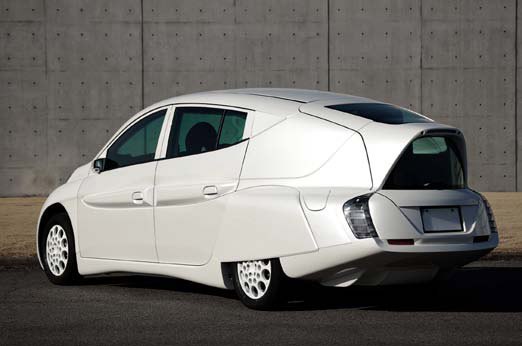
















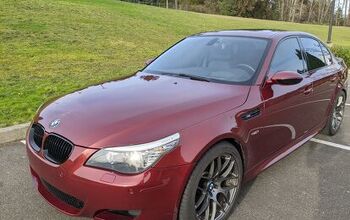

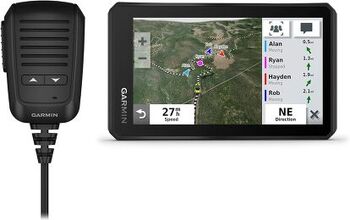
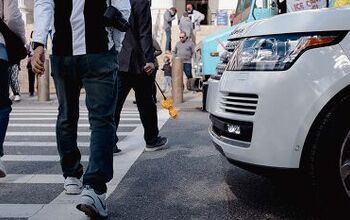
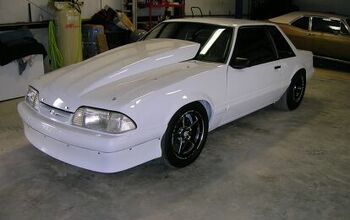

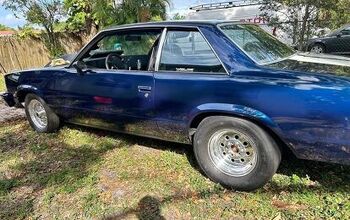
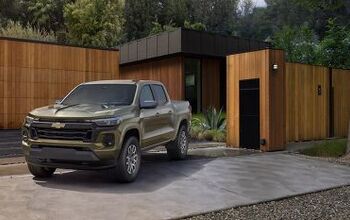
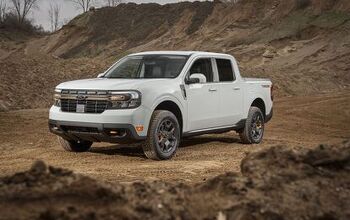
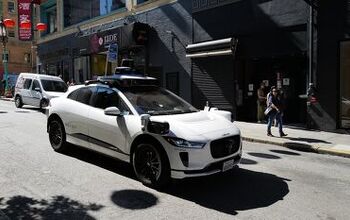
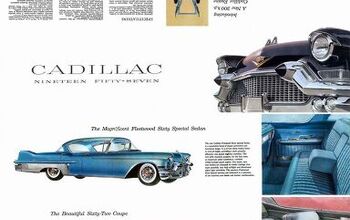

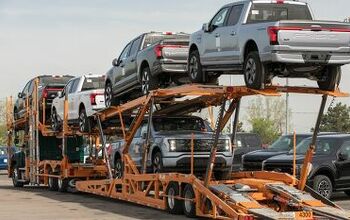
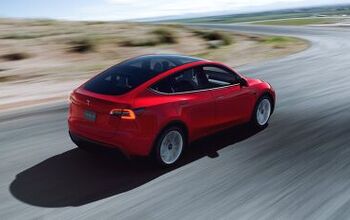
Comments
Join the conversation
I believe Bill Lear's last project in the 1970s was to put in-wheel motors on a bus. He thought a small diesel motor tuned for maximum efficiency matched to a bank of batteries would run a bus with much greater fuel efficiency than a conventional drivetrain. He ran into huge problems and died before those problems were solved. His heirs then pulled the plug on the project. I know one problem was durability of the in-wheel motor setup he was using, but there were other problems. Does anyone know or have heard heard of the other technical glitches Lear ran into? It was my understanding that with Lear's track record, his efforts were being closely watched, especially by GM.
Hrm, I was under the impression that the typical ICE car has ~20% drivetrain losses, and that's with a torque converter, big transmission with loads of viscous drag and friction, differential and halfshafts, each with 2 cv-joints. I have a hard time seeing a car like the leaf or the volt having more than 15% drive-train loss, so doubling the range of a leaf seems like it'd take a lot more than just drive-train efficiency increase.